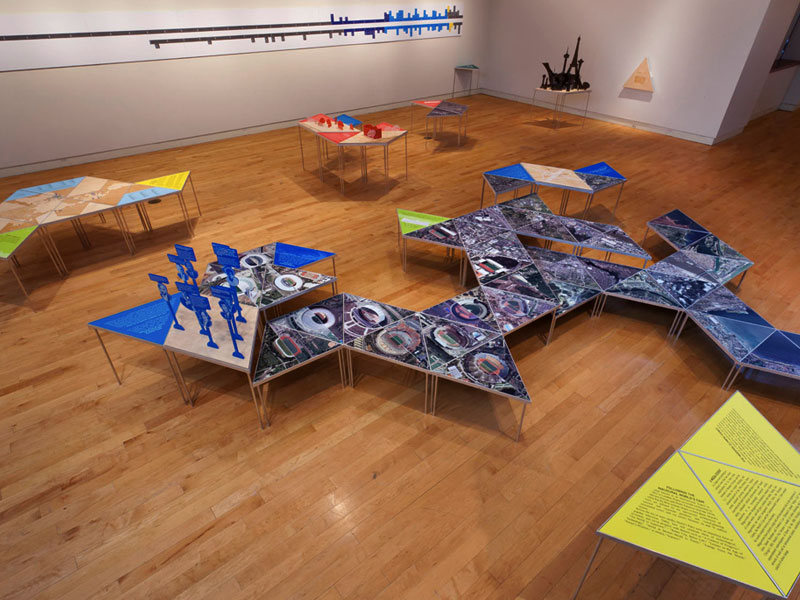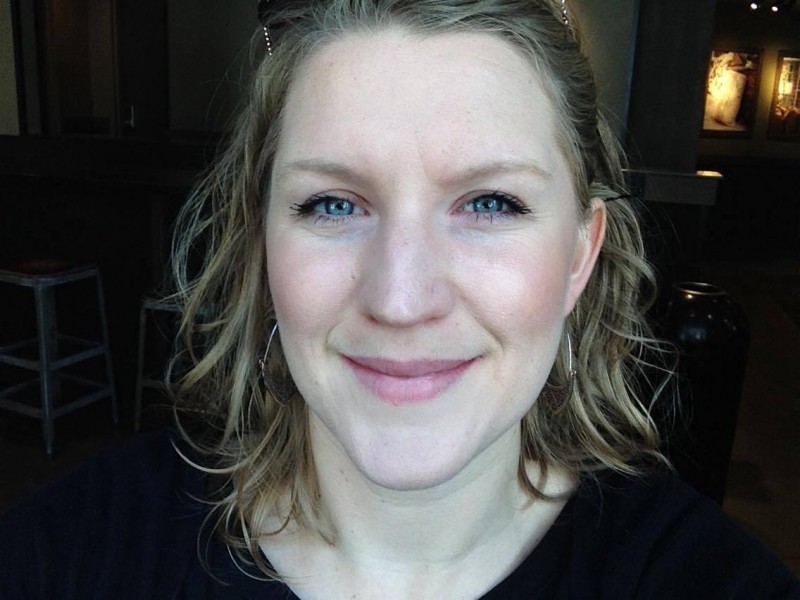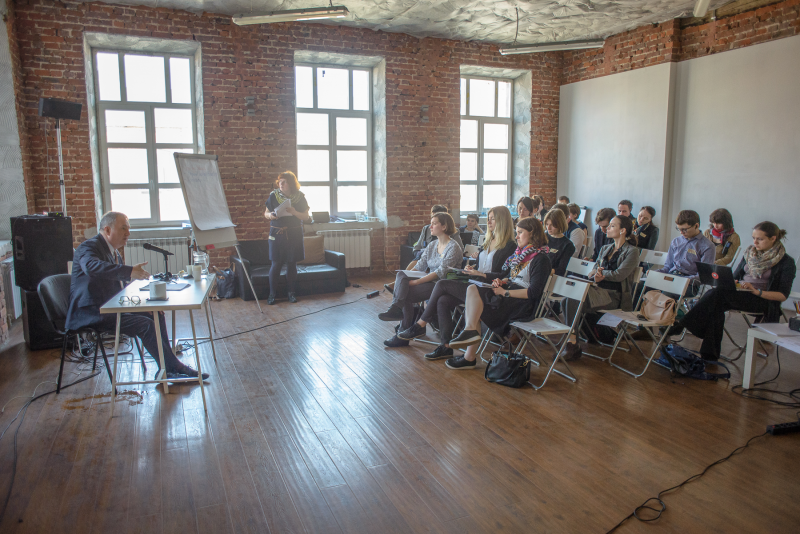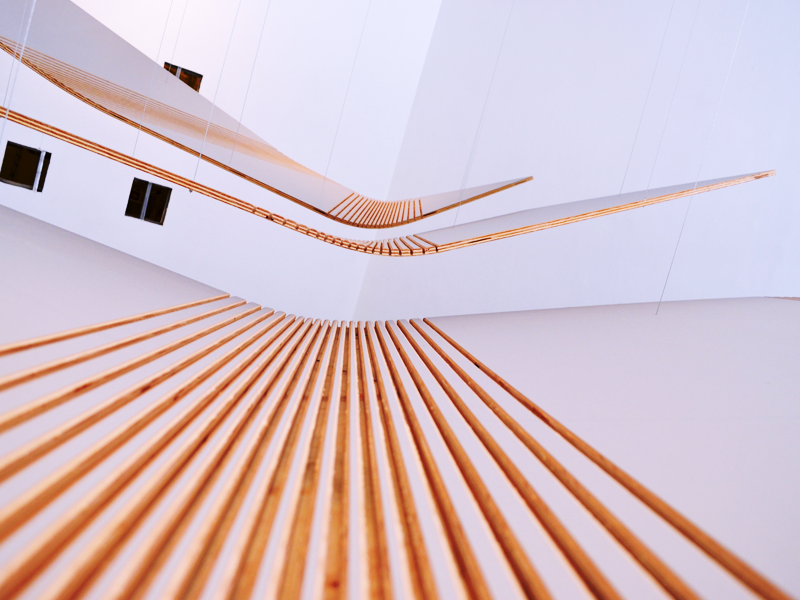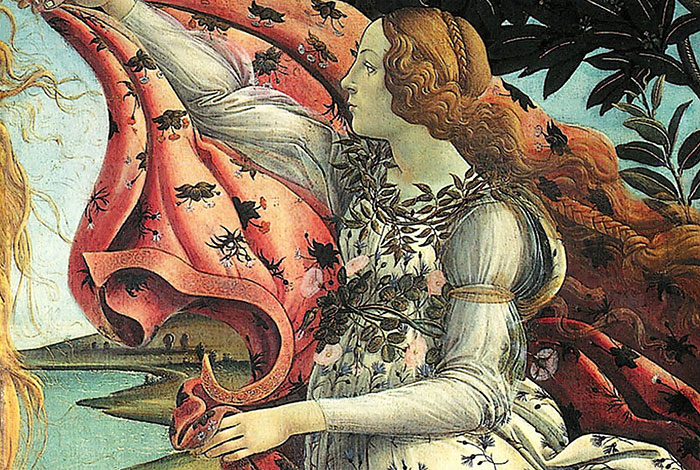
GOOGLE ART PROJECT: HOW THE BIGGEST MUSEUM COLLECTION IN THE WORLD IS ORGANIZED
How it began
Having arrived in New York from India in 1999, a man named Amit Sood was so impressed with the diversity of local museums that he just couldn’t hold it in.
“I came back home and told people about these beautiful buildings and works of art, because I was so impressed. But nobody understood me. I became aware that it was for the reason that in India the people did not have the same access to what I had seen. This is how an idea emerged to create this project,” says Amit Sood, now the director of Google Culture Academy.
In 2011, the Google Art Project, in partnership with 17 famous museums, provided the Internet users with an opportunity to familiarize themselves with information about artwork and create their own virtual collections.
Figures
Presently the platform accommodates seven million interactive objects, including more than 10,000 works in ultra-high resolution. Works from 600 museums and galleries in 60 different countries are presented in Google Art Project. It also uses Street View technologies allowing users to practically walk around the museums from a totally different part of the planet.
Disputes
Even though Google Art Project is four years old now and its success is beyond any doubt, there are quite a few people who don’t consider this online platform useful. They argue that the artists never even assumed that their works would be viewed in so much detail.
“It is cool that we provoke debates on the way technologies change the significance of an art work, the idea of the picture and the author’s intention. However, cultural institutions are free to choose which work they wish to digitalize, and we totally trust their judgment. We only provide the technology and the platform, and also a function to insert embeds with pictures on the websites of the museums themselves,” says Luisella Mazza, the head of programs in Brazil, Italy and Russia for Google Culture Academy.
Besides, there are many discussions going on in the society that the existence of this online museum decreases the number of visits to “live” storages of artwork. One might agree with this statement, but the statistics claim the opposite: the number of visits to the museums all over the world in 2014 has grown manifold in comparison with 2012-2013. Besides, Mr. Amit Sood claims that thanks to Google Art Project small and medium museums located in hard-to-reach places only win as more people find out about them.
Challenges and secrets
The museums providing their collections to the online platform sometimes ask to blur certain pictures. This happens if they have doubts about whether or not they have the right to show the work. It is a challenge for Google Art Project managers, as they are tasked with persuading the copyright holders and artists to upload their works for open access.
If the work is not blurred and also digitized to gigapixel format, you can see a lot of interesting things on it. For example, a big electronic version of 18-meter ceiling in Opera Garnier in Paris enables us to even see Chagall’s signature in the corner he left in 1964!
The future
Just recently Google Art Project launched several special mobile applications to which the partner museums upload content themselves. Now such applications are available for several Brazilian museums (e.g. Pinacoteca do Estado de São Paulo, Lasar Segall Museum and Sao Paolo Modern Art Museum). In addition, the inspirers of the art platform promise to improve the wonders of the world panoramas created with the help of Google Street View.

